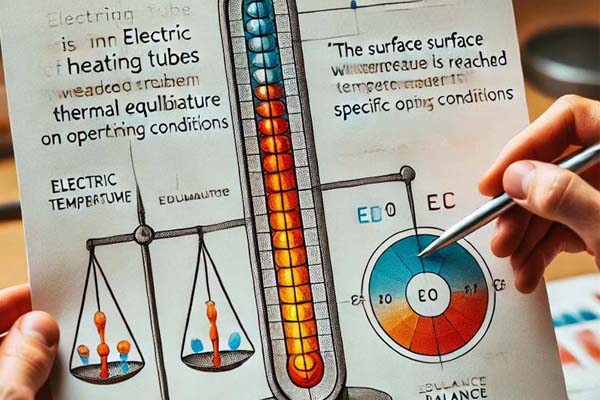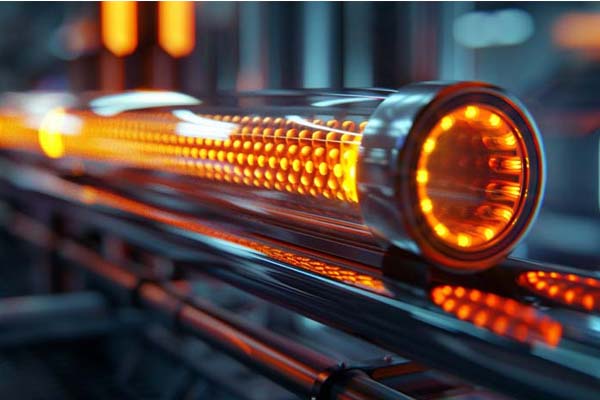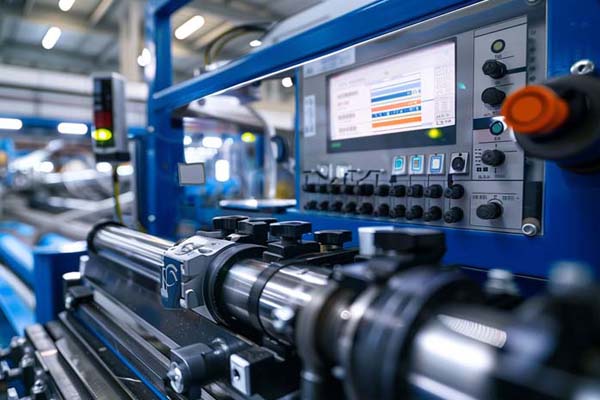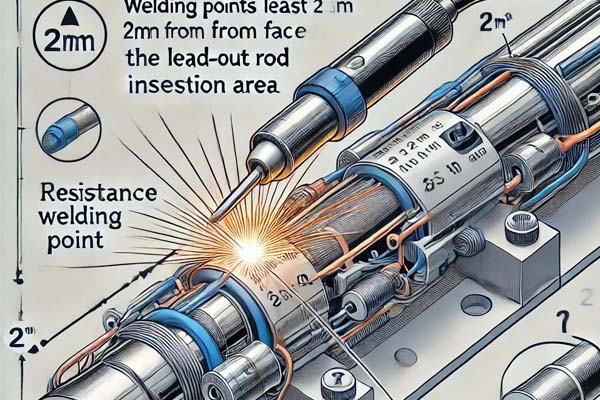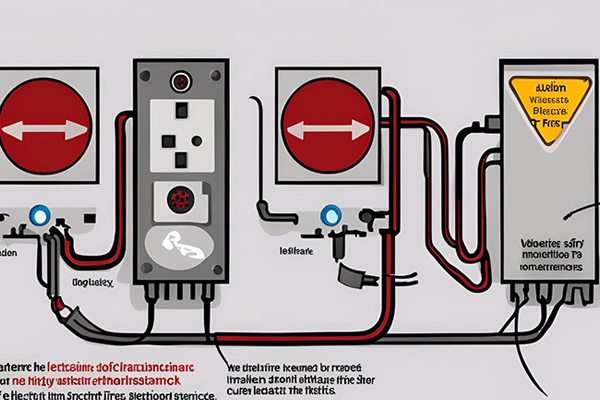Electric heating tubes are widely used heating elements in modern industrial and household equipment. Their working principle is based on the conversion of electrical energy into thermal energy. During this process, the surface of the electric heating tube emits total energy, including radiant energy, convective energy, and conductive energy. This article will provide a detailed analysis of the total energy emitted from the surface of electric heating tubes from these three aspects to help better understand and optimize the performance of electric heating tubes.
Radiant Energy
Radiant energy refers to the thermal energy transmitted from the surface of the electric heating tube to the external environment in the form of electromagnetic waves. According to the Stefan-Boltzmann law, the radiant energy \(E\) can be expressed as:
\[ E = \epsilon \sigma T^4 A \]
where \(\epsilon\) is the emissivity of the surface of the electric heating tube, \(\sigma\) is the Stefan-Boltzmann constant, \(T\) is the absolute temperature of the surface of the electric heating tube, and \(A\) is the surface area of the electric heating tube. The emissivity \(\epsilon\) is a dimensionless coefficient that depends on the material properties and surface condition of the electric heating tube.
In the design and application of electric heating tubes, optimizing radiant energy is a crucial consideration. Materials with high emissivity can more efficiently convert electrical energy into radiant energy, thereby improving the heating efficiency of the electric heating tube. Common high-emissivity materials include alumina, silica, and others, often used as surface coatings for electric heating tubes.
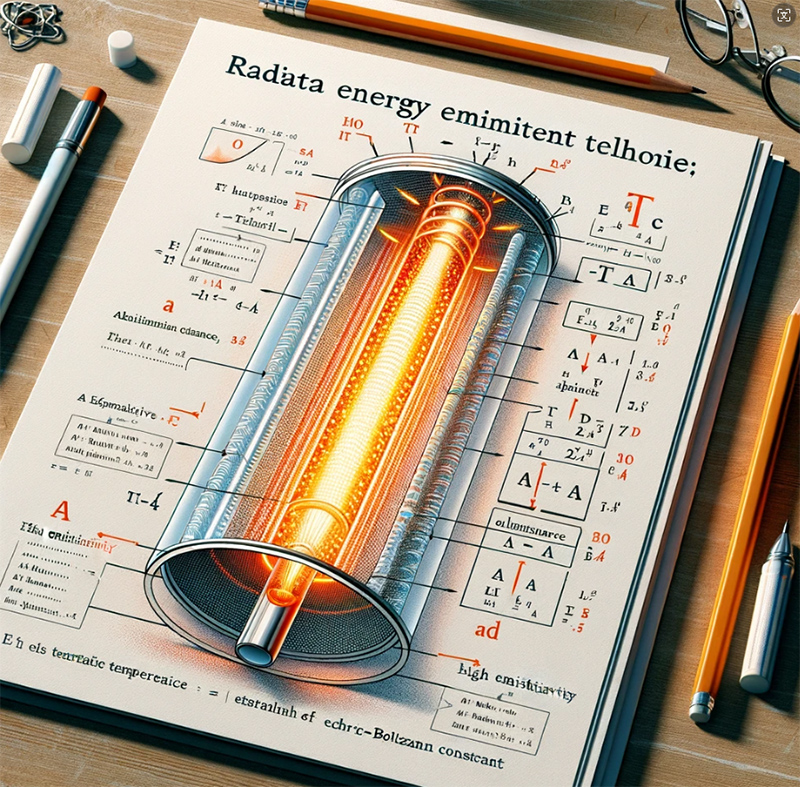
Convective Energy
Convective energy is the thermal energy transferred from the surface of the electric heating tube to the surrounding fluid (such as air or liquid) through heat exchange. The efficiency of convective heat transfer depends on the surface temperature of the electric heating tube, the temperature of the surrounding fluid, and the flow characteristics of the fluid. Convective heat transfer can be expressed by the following formula:
\[ Q_c = h A (T_s – T_f) \]
where \(h\) is the convective heat transfer coefficient, \(A\) is the surface area of the electric heating tube, \(T_s\) is the surface temperature of the electric heating tube, and \(T_f\) is the fluid temperature.
The convective heat transfer coefficient \(h\) is influenced by various factors, including the properties of the fluid, flow velocity, and flow pattern. For forced convection (such as fan-assisted cooling), \(h\) is usually higher; while under natural convection, \(h\) is lower. In the application of electric heating tubes, proper design can optimize convective heat transfer. For instance, in some high-temperature applications, increasing the flow velocity of the fluid or employing turbulence can significantly enhance the convective heat transfer coefficient, thereby improving convective heat transfer efficiency.
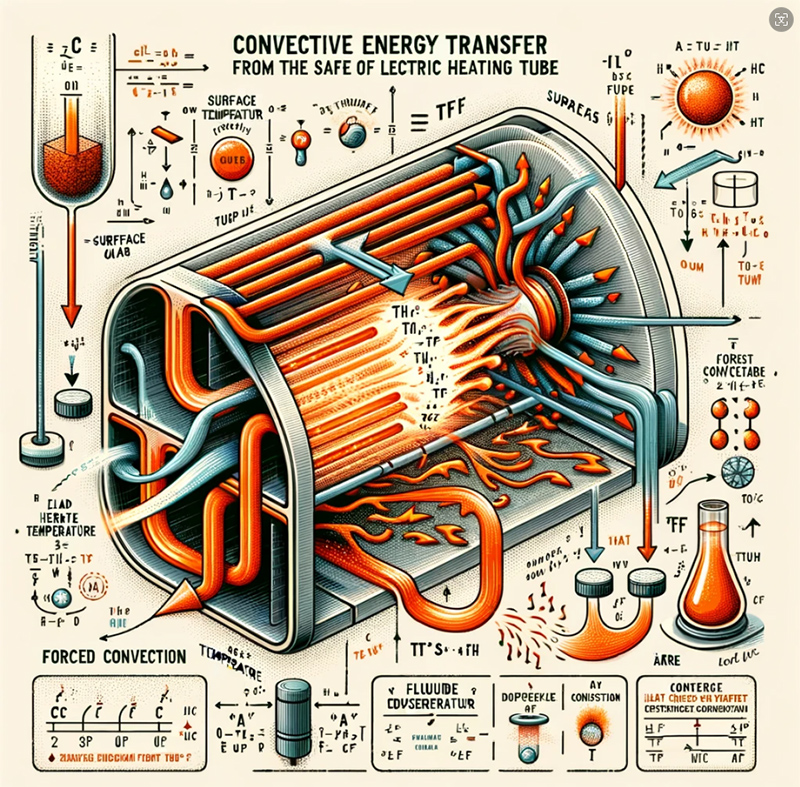
Conductive Energy
Conductive energy is the thermal energy transferred from the surface of the electric heating tube to other solid media through conduction. The efficiency of conductive heat transfer is determined by the thermal conductivity of the material of the electric heating tube and the temperature gradient along the heat transfer path. The formula for conductive energy is:
\[ Q_k = k A \frac{\Delta T}{d} \]
where \(k\) is the thermal conductivity of the material of the electric heating tube, \(A\) is the heat transfer surface area, \(\Delta T\) is the temperature difference, and \(d\) is the thickness of the heat transfer path.
In the application of electric heating tubes, conductive energy transfer is crucial. For applications requiring the transfer of thermal energy to distant or specific locations, selecting materials with high thermal conductivity is essential. For example, copper and aluminum are often used in the internal structure or external heat dissipation devices of electric heating tubes due to their excellent thermal conductivity. Optimizing the heat transfer path and reducing thermal resistance can significantly enhance the thermal transfer efficiency of electric heating tubes.
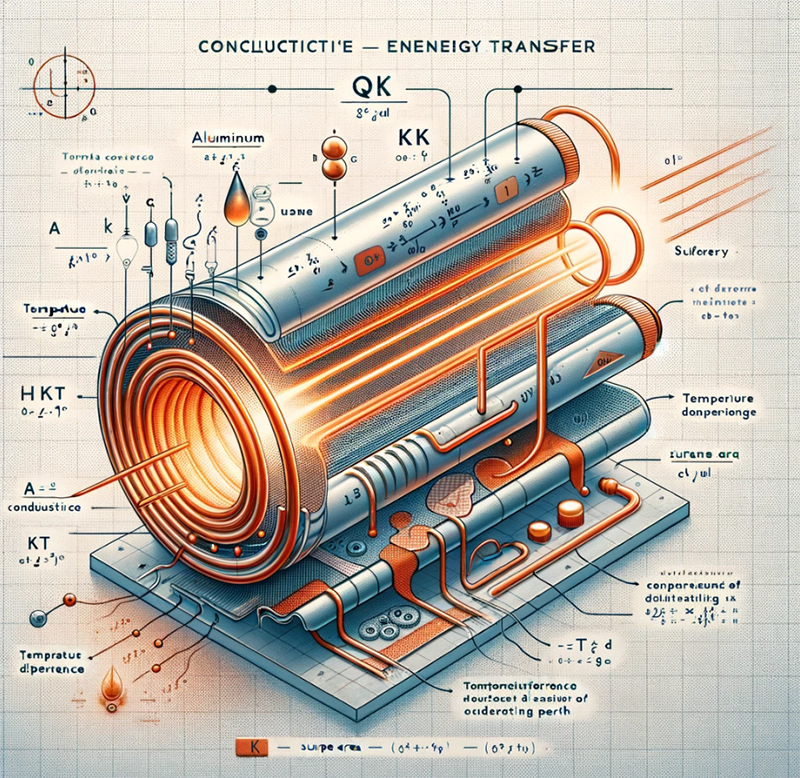
In summary, the total energy emitted from the surface of electric heating tubes includes radiant energy, convective energy, and conductive energy. These three energy transfer methods each have their characteristics and influence each other. To optimize the thermal energy emission efficiency of electric heating tubes, it is necessary to comprehensively consider material selection, surface treatment, and environmental conditions. Through reasonable design and optimization, the working efficiency of electric heating tubes can be improved to meet the demands of different application scenarios. Understanding and analyzing these three energy transfer methods in-depth is of great significance for the design, manufacturing, and application of electric heating tubes.

